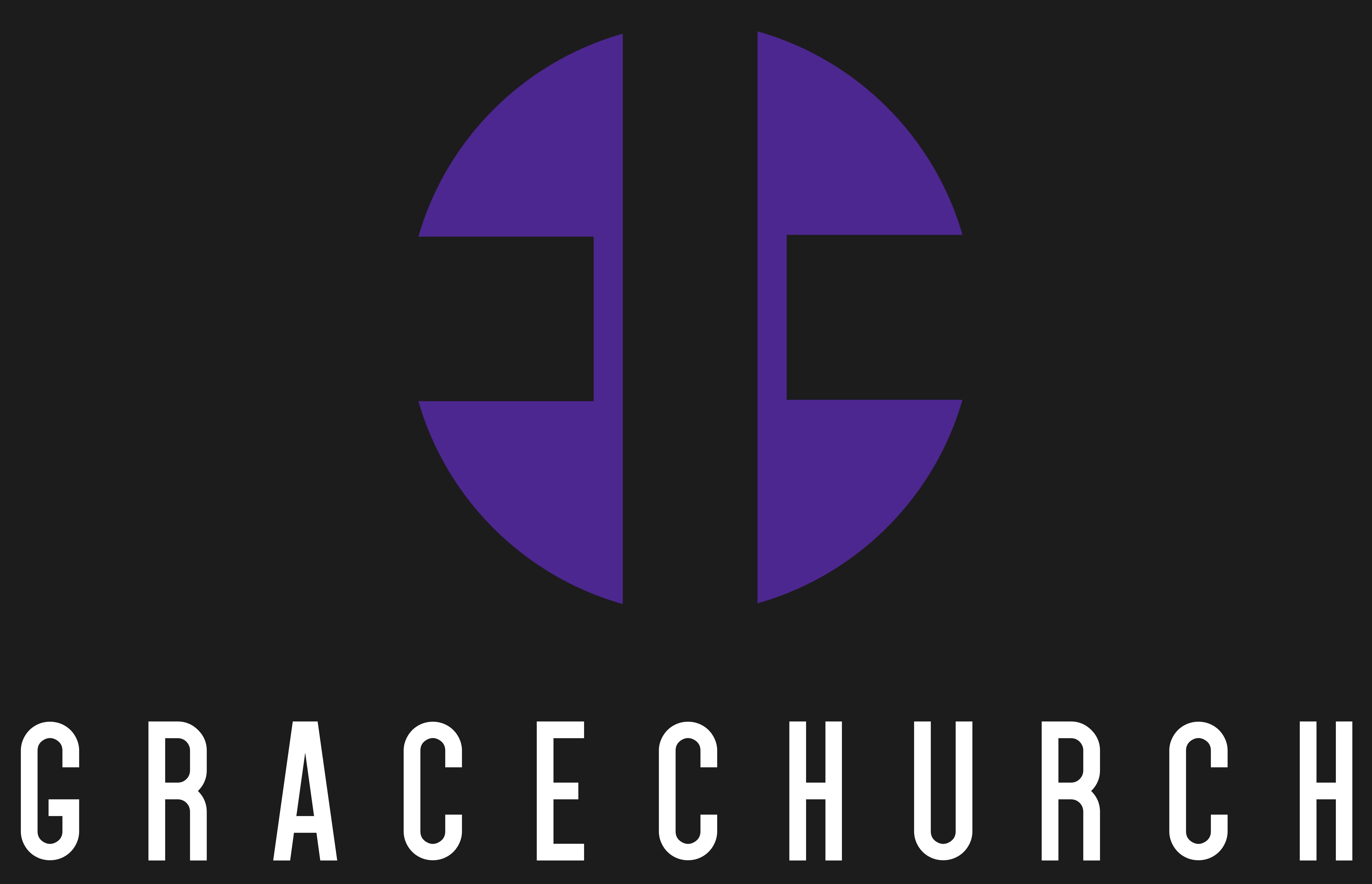Key points from the FATF Paper on Money Laundering in the Art and Antiquities Market
This is the first occasion that a paper has been produced by FATF to assist with the identification of the money laundering and terrorist financing risk in the Art and Antiquities market.
Summary
• The trade in the Art and Antiquities market is a 65 billion USD industry.
• There is a culture of privacy and discretion and the use of third-party intermediaries, which can obscure the identity of the ultimate seller/buyer of the goods.
• The market has attracted criminals and organised crime groups.
• Many countries do not take effective action.
• The markets for Art and Antiquities are diverse in size, business models and geographic reach.
• Evidence suggests that money launderers are exploiting the Art and Antiquities market.
• Terrorist financing is a risk, predominately in relation to cultural objects from archaeological sites.
• Common money laundering techniques such as the use of shell companies in offshore jurisdictions and cash transactions have been observed.
• Inadequate measures or none at all to identify and verify customers have been discovered for those businesses in this market.
• Low number of suspicious activity reports filed with the authorities.
• Limited awareness and expertise by operational authorities.
• There are no clear definitions of what can be defined as ‘Art, Antiquity or Cultural Object’, but they can include virtual assets, such as Non-Fungible Tokens (NFT).
Expectations of Art Market Participants
FATF expects the following from those undertaking business in this market;
• Businesses need to be able to correctly identify and understand the differing risks that they face and ensure that they are appropriately documented.
• Art Market Participants should understand the risks that digital art or NFT presents, such as the ease of transferability of ownership, the absence of physically transferring the art, and the lack of monitoring of cryptocurrency wallets.
• Businesses should understand the financial crime intrinsic risk characteristics that they may be exposed to depending on the services they offer.
• Public private information sharing is necessary to overcome investigative challenges.
• In the UK, there is an obligation to identify and verify customers and to report suspicious activities and transactions.
Risk Indicators
FATF has identified the following risk indicators, which demonstrate or suggest the likelihood of unusual or suspicious activity. Businesses should take the risk indicators into consideration where appropriate when undertaking their risk assessment.
• Use of shell companies, trusts, or third-party intermediaries, including art dealers, brokers, advisers, or interior designers, to purchase, hold, or sell cultural objects.
• Cash transactions, in particular using large bulks of cash. Use of large-denomination banknotes.
• Unusually high-profit margins on the sale of an item of art, antiquity or other cultural objects.
• Sales or purchases of items involving sellers who are not concerned with recouping their initial investments.
• Sales or purchases of art vastly or routinely exceed the expected sales value of the work.
• Sales or purchases of art involving purchasers who do not appear to be concerned with paying a substantially higher price than the notional value of the work.
• Sales or purchases of art where a client is not familiar with, or interested in, the provenance, history, style, genre, or artist of an object.
• Unwillingness of a customer to provide identification information to receive an art-collateralized loan, or early repayment or use of cash to pay such a loan.
• Imported or exported items not declared to the relevant customs administration(s).
• Purchase or termination of insurance policies to protect the market value or provide cash payments for the loss, theft, or destruction of privately held or donated high-value art in circumstances where other information has suggested the art has a low value.
• Presence of natural or legal persons known to be involved in, or suspected of, trafficking in cultural objects.
• Use of social media or financial intermediaries to advertise cultural objects that have been looted.
• Unique archaeological pieces allegedly related to existing collections but previously unstudied.
• Newly discovered art is attributed to a prominent artist.
• Purchases of items by third-party intermediaries on behalf of an ultimate seller or purchaser.
• Transactions involving market participants without expertise in concluding high-value purchases or sales.
• Transactions involving politically exposed persons (PEPs) or their family members or close associates.
Gracechurch has extensive experience in the design and implementation of financial crime controls in the art market. Please contact us if we can be of assistance to you.
John Flynn
13th March 2023
